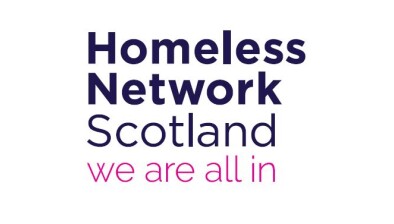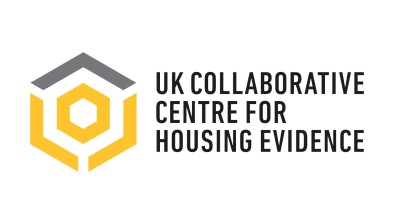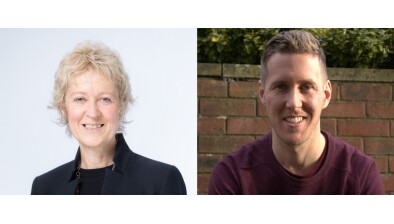Blog: Scottish Government Homelessness & Rough Sleeping Action Group: 5th meeting

Crisis CEO Jon Sparkes provides the latest update on the work of the Scottish Government’s Homelessness & Rough Sleeping Action Group.
With the festive season behind us, members of the Scottish Government’s Homelessness and Rough Sleeping Action Group were as focused as ever when we met for the fifth time in Shelter Scotland’s offices in Edinburgh this week.
As we continue to work hard to develop our recommendations on how to end rough sleeping for good, it’s heartening to report that the short-term interventions put in place to help more people this winter are already having an impact.
These are just some of the initiatives underway and going forward it will be critical to identify how the successes in changing practices can be up-scaled and replicated to end rough sleeping for good. Lorraine McGrath, from Simon Community Scotland and Streetwork, is leading on this workstream and will work to continue to engage with sector colleagues to determine how we can put in the right principals, processes and guidance to support a change in practice for the long-term goal.
As I mentioned last time, preventing rough sleeping occurring in the first place is a core strand of our thinking. Alison Watson, from Shelter Scotland, has been leading on this work, and looking at it from two angles:
We also had an initial discussion about measurement, asking ourselves what needs to be in place to measure and monitor rough sleeping, and to enable Local Authorities and other agencies to take timely action in response to changes in the scale and nature of rough sleeping in different places. Our current thinking is that a national system like the Combined Homelessness and Information Network (CHAIN) model, a multi-agency database recording information about rough sleepers and the wider street population in London, would work across Scotland but we need to develop and test our views on this and whether it would work practically.
While most of our recommendations are going to be about changes that do not require legislation, we are considering whether there are areas where legislation might be needed. The particular areas we are examining are:
With Mike Dailly, of Govan Law Centre, leading we will continue to explore the potential options while remaining cognisant that legislation takes time and the momentum behind ending rough sleeping is now. So, even if we do recommend changes in law, we will still need to put maximum effort into re-wiring systems, leadership, culture, guidance and applying best practice.
Many of our proposals on rough sleeping will change our approach to temporary accommodation. If the default position becomes moving someone to settled accommodation with the support they need, and only resorting to temporary accommodation in emergency situations, then the use of temporary accommodation will be different. However, the Group is also going to commission some research to establish the true picture of temporary accommodation across the country – including use of B&B, furnished flats, hostels, short-term tenancies and so on. Based on this research we will try to determine the optimal use of temporary accommodation in an environment where a housing-led approach is the default.
To really clarify this point, we can see a role for temporary forms of accommodation in a system where the key elements of the system would be:
Our approach is not simply about making temporary accommodation better or shorter-term, but to push as hard as we can for rapid re-housing to be the default approach. This is going to take some changes to the supply of housing and to the commissioning of support services.
Looking forward, later this month we will have our second meeting of the wider stakeholder group which generated such valuable contributions at their first meeting. The solutions suggested to us have without doubt informed our emerging recommendations on how to end rough sleeping and transform temporary accommodation and this next gathering will look at how we can implement these across the country in a way that is practical and manageable. We will also move onto looking at the last question on how we can work to end homelessness in Scotland for good. Crucially, participants with lived experience of homelessness who took part in the Aye we can series of workshops will also be involved in the session.
The role of this wider sector engagement, which goes on continuously behind the scenes as members of the Action Group gather evidence and expertise from those working in all areas of homelessness, cannot be underplayed in helping build the momentum for change which I believe will make the work of this Group and all of us working to end homelessness a reality.
In that spirit, can I say that if anyone has anything to contribute, and they are not able to get involved in the Aye we can series of events or the stakeholder meetings, please do get in touch. We are reaching out as much as we can, but I know there is a huge amount of expertise out there on homelessness and other associated and related issues. I hope to hear from you with your thoughts on how we end rough sleeping, and indeed homelessness, for good.
This blog first appeared on the Crisis website.









